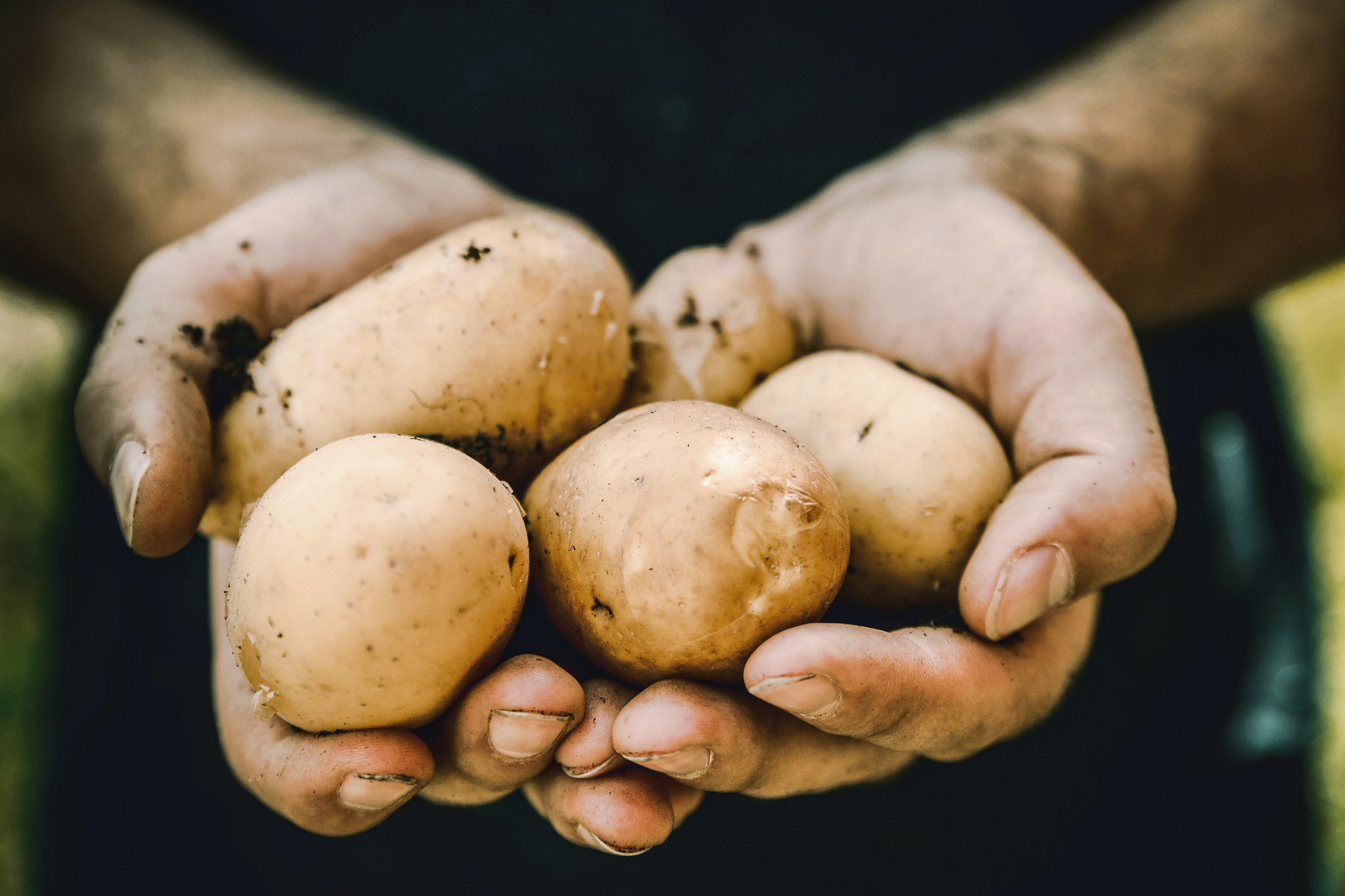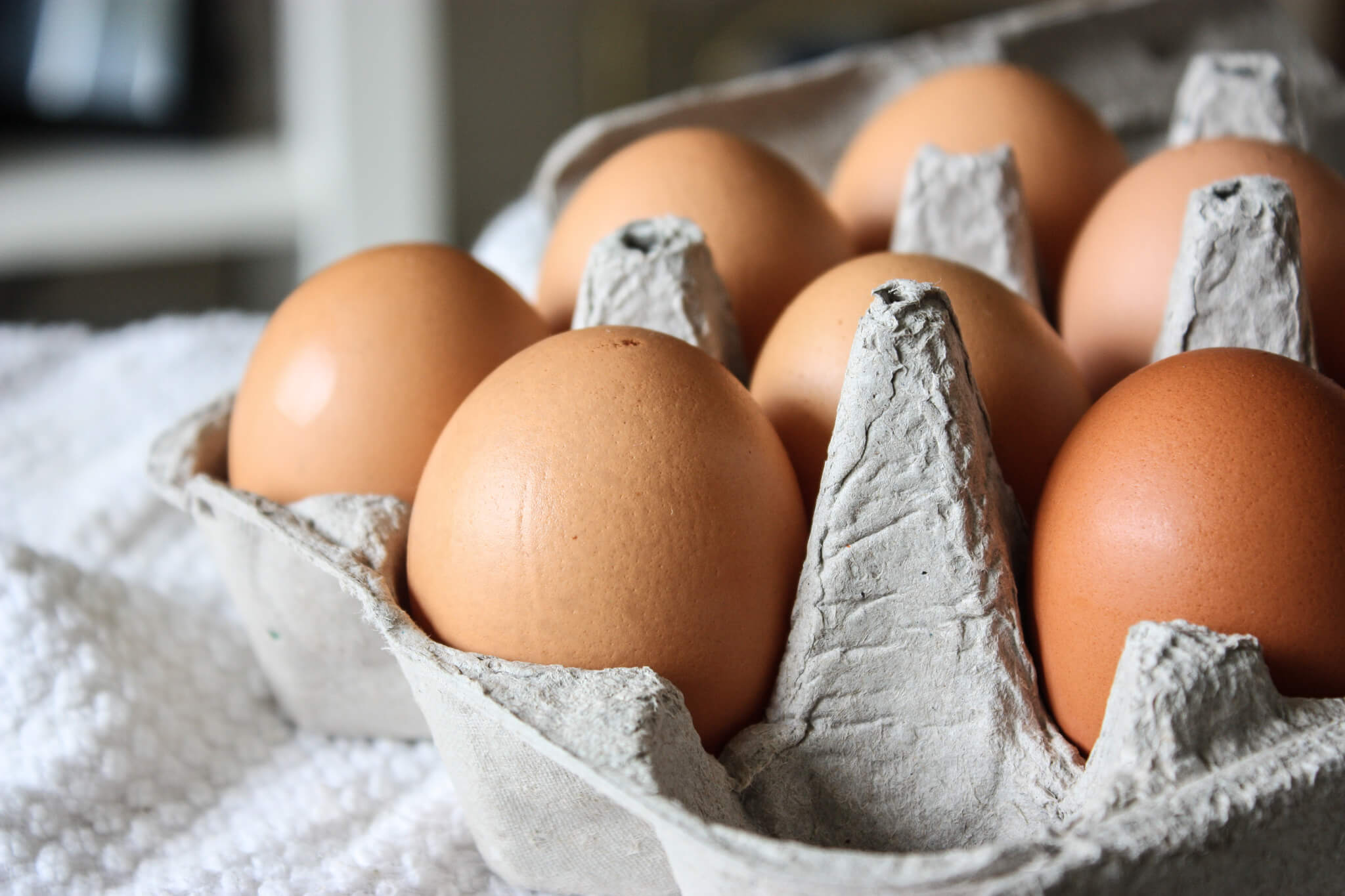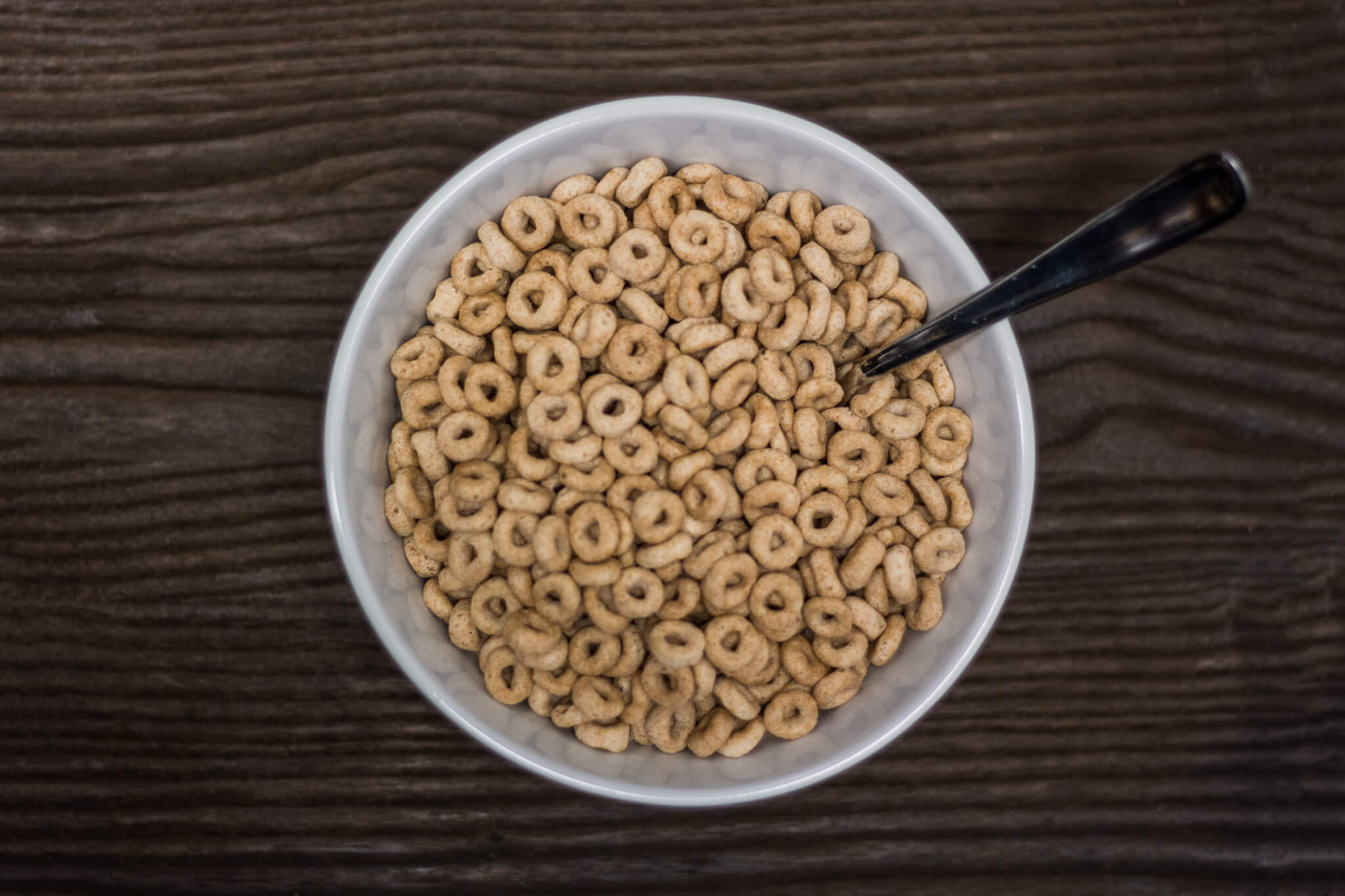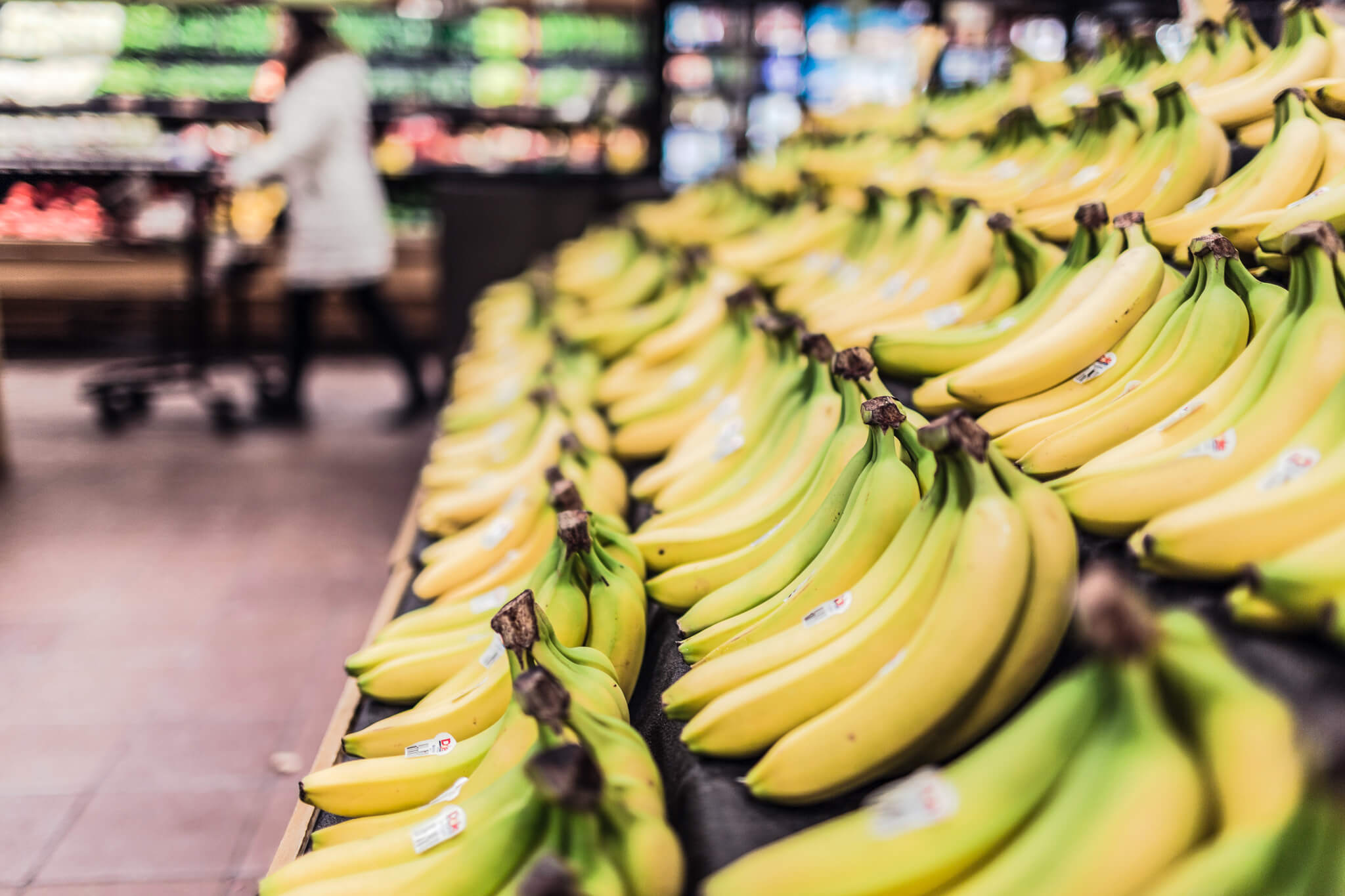“I’m also going to be trying to find a balance between The Olive Branch and running an actual business. Things could be a little wonky for a while. But I also just went two straight months without posting anything, and it can’t really get wonkier than that…”
I said that in the most recent blog I posted (written by me, not a guest) which was February 2nd. It’s been months since I posted something on Instagram. So, I take back what I said – it turns out that it can, in fact, get wonkier.
On the plus side, the business I talked about running? That’s going really well. Clearly I haven’t found the balance I spoke of, but a girl’s gotta eat, so it’s probably better that it’s the money making business that is currently tipping the time scales. I have clients. I have projects. I have really fun work that I am getting to do to help other (mostly agriculture) businesses and organizations represent themselves.
Recently, some research I was doing for a client led me down a rabbit trail relating to the nutrients in specific nuts. (Disclaimer: I absolutely did not charge the client for my rabbit trail. I stopped the clock.) Some of the information I learned was a little surprising, but reminded me of a major truth in our lives and inspired this post.
Food marketing has an agenda
I’ve talked about marketing labels a number of times. Non GMO labels on foods that don’t exist in GMO varieties. “Raised without hormones” on meat products that are federally prohibited from being given hormones. (This blog touches more on that stuff.) These are some of the more egregious examples, but there are little ones too. Foods that, when we think of certain nutrients, are the ones that immediately come to mind.
Almonds are the protein snack, right?
Do you have an idea or notion in your head that almonds are kind of a miraculous source of protein? I kind of feel like that’s a thing. That for some reason, we all have this thought that if we need protein, we should reach for a bag of almonds, or perhaps add almond milk to our smoothies.
They certainly have protein, but there are many foods out there, including convenient snack foods, that have more. They aren’t even the highest protein nut. Peanuts have more protein, which kind of shocks me, based on the way people talk about almonds.
A one ounce serving of dry roasted almonds has 6 grams of protein, while a one ounce serving of dry roasted peanuts has 7 grams. It’s obviously not a major difference, but if we are getting technical, peanuts win this round of the nut protein battle.
For another comparison: To get the same amount of protein you’d get from 2 large eggs, you would have to eat almost half a cup of almonds (12 grams of protein in the eggs vs 15 grams in a 1/2 cup of almonds). The almonds have almost 3 times as many calories as the eggs too, which can be a good or bad thing, depending on need.
Honestly, eating a half cup of almonds sounds kind of exhausting. Unless they are fancy delicious almonds, like the ones Blue Diamond sells (they make approximately 37,000 fantastic flavors these days, but pro tip: their dark chocolate oven roasted almonds are SO GOOD).
Whoever was first tasked with the marketing of almonds, the person who said protein should be the focus, absolutely nailed it. Because that’s exactly what a ton of people think of when they think of almonds.
And oranges are the best source of vitamin C, yeah?
There was a time in my life that, if I felt like I was getting sick, I would buy a gallon of orange juice and drink it over the course of a day, getting all that vitamin C and, hopefully, curing myself. I know, I know. I was young and dumb.
It turns out, I should have been knocking back bell peppers instead. 100 grams of a navel orange contains 59 milligrams of vitamin C. Comparatively, 100 grams of yellow bell pepper will give you 184 milligrams of vitamin C. More than 3 times as much!
(For reference: a medium orange and a medium bell pepper are both around 150 grams.)
Quick thing on bell peppers. Did you know they (meaning the different colors – green, yellow, etc.) are actually the same plant? There are different varieties, of course, but a yellow bell pepper was once a green bell pepper – it was just allowed to ripen more and changed color as it ripened. It also gained more nutrients as it ripened. Yellow bell peppers have the highest vitamin c content, out of the colors. But green ones still have more vitamin C than an orange.
And bananas, they are where potassium comes from?
If there’s one thing we know, it’s that bananas are an excellent source of potassium. But did we know that potatoes are a better source? I feel like there are some potato lovers out there that are going to be pretty excited about this news. 100 grams of a baked potato is going to deliver 391 milligrams of potassium, while 100 grams of banana will provide 326 milligrams.
(For reference: a medium potato is about 173 grams and a medium banana is 118 grams.)
Also, the skin of a potato has a ton of potassium. So you could just go wild on some roasted potato skins if you’re looking for a boost. (Note: this is not actual, valid nutrition advice.)
Wrapping it up
You know how much I love agriculture and, I think I’ve made this apparent, learning about agriculture and our food. The people and the processes and the statistics and all kinds of things.
I want to make it abundantly clear – I am not knocking almonds or saying Big Orange is trying to keep us from finding out about the vitamin C content of bell peppers.
There are also more nutrients than just one to base our food choices on. There are calories and fat and fiber, and a ton of other micronutrients that are important. I am not a nutritionist, so I am not recommending one thing over the other.
I’m simply saying that we are bombarded with food messages basically every day of our lives and that no statement lives in a vacuum.
When it comes down to it – eat what you prefer. Eat the things that are available and that you have access to and can afford. If you like almonds better than eggs or peanuts, oranges better than bell peppers, or bananas better than potatoes, then eat those things. Just know that not every message you hear is the complete story.
—
All of the nutrition stats I used came from Food Date Central. It’s a terrific nutrition source. You can look up SO many foods and see information on all of the nutrients.
Previous Post
Next Post
Food companies often use fear and misconceptions to market their product. Enter your email below and you'll have 5 ways to beat them at their sneaky game.
5 Food Label Secrets to Save Big $$$ at the Grocery Store
oh, yes please
FREE DOWNLOAD
The Olive Branch
Offering first-hand perspective on farming and our food supply
Home
About
consulting
resources
Contact
the blog
Follow along on Instagram
@theolivebranch_j
The olive branch 2024 | design by tonic






+ Show / Hide Comments
Share to: